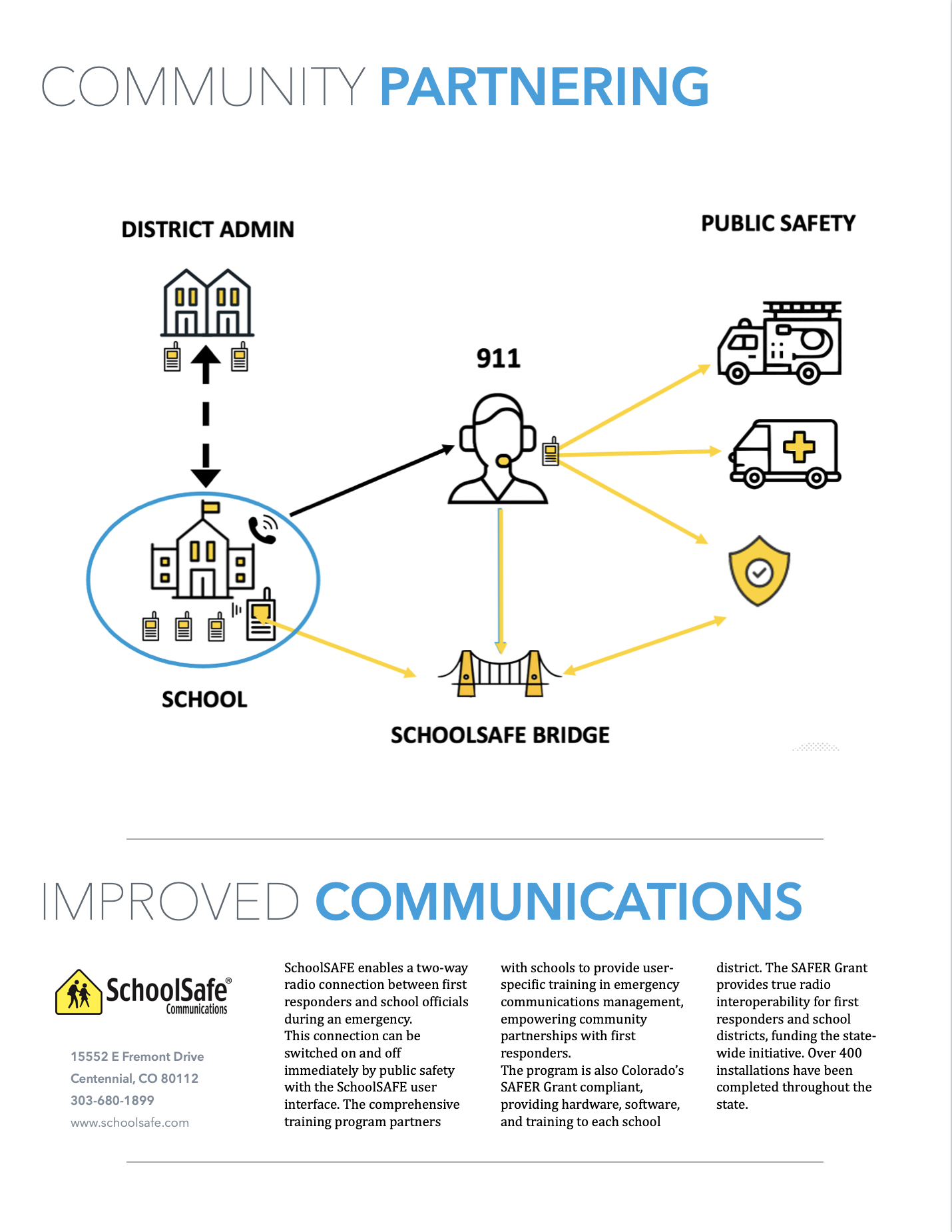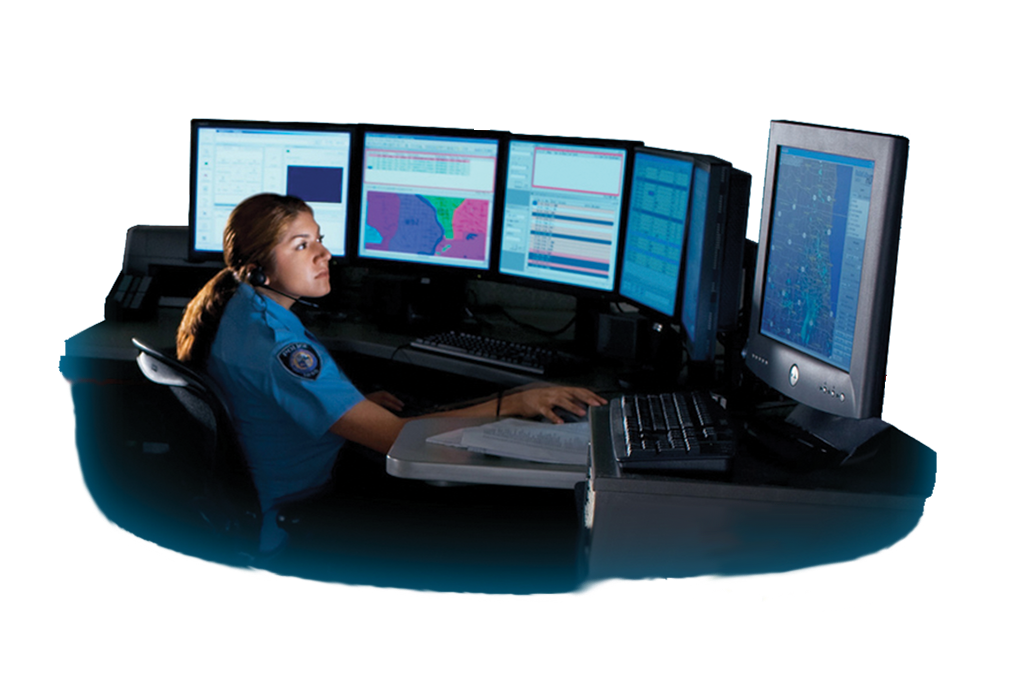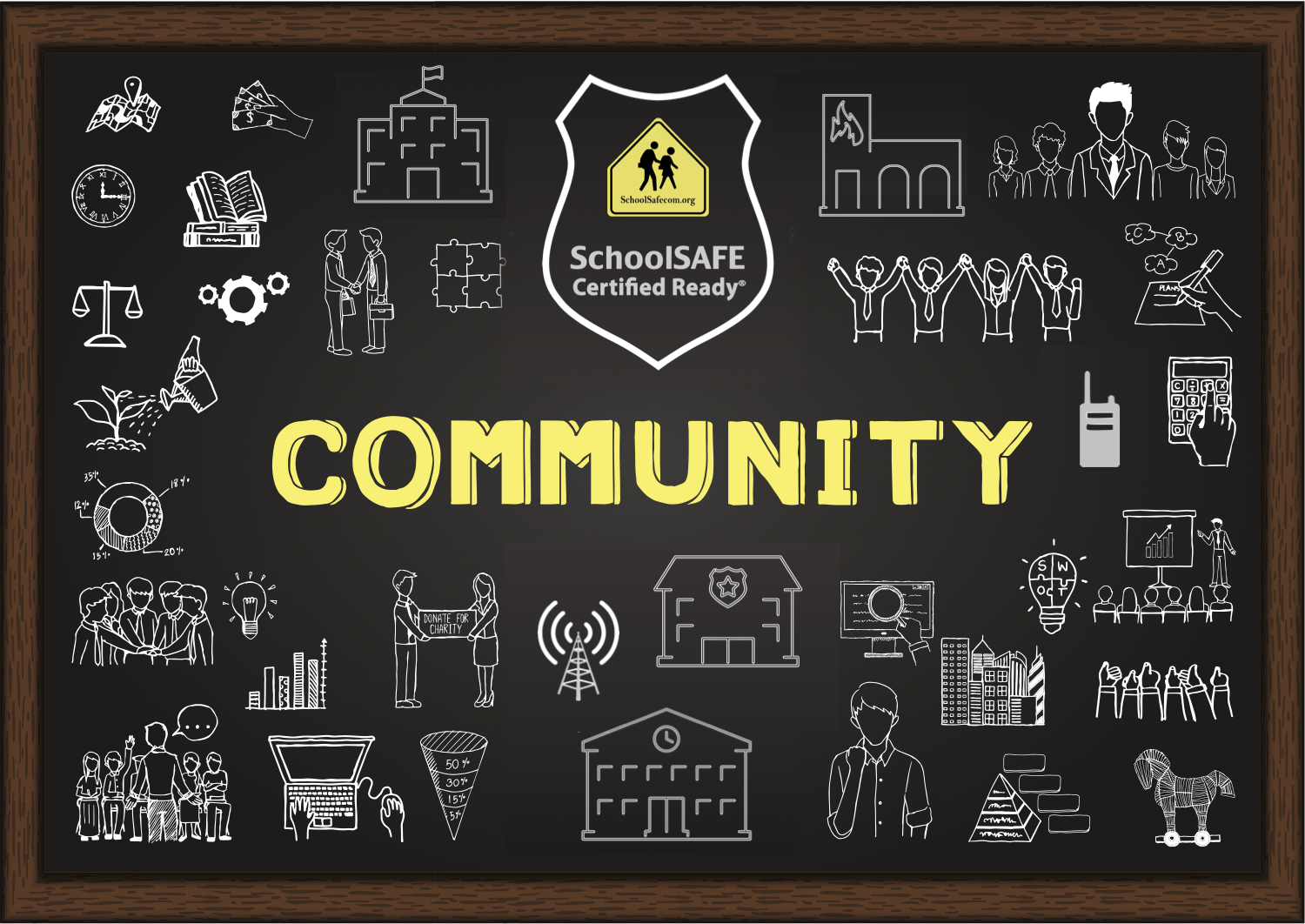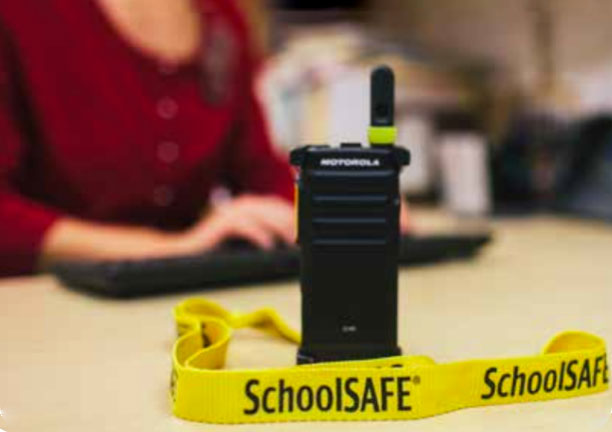What Schools Should Expect When Calling 911: A Dispatcher’s Perspective*
What to Expect:
School personnel call 911 for an emergency, but what should they expect? The dispatcher will need immediate information from the caller. The dispatcher enters information into a CAD system (Computer Aided Dispatch) and then dispatches to the appropriate responders. Wherever they may be calling from, the information needed is the same nationally. What’s the most important data to provide to a dispatcher when school personnel call 911? Location, Location, Location. If nothing else, a 911 communications center can send help to a specific location. Typically, the dispatcher will ask for the general location and then an exact location. The dispatcher will ask for a name and a phone number in the event of a disconnection. Next, the dispatcher will ask exactly what is happening. It is best practice to have a reporting party stay on the phone and answer necessary questions that are pertinent to the responders arriving to the school or nearby location.
When to Call:
When it is in discussion that emergency services will respond to the school, whether inside the school or on school grounds, that is the time a 9-1-1 call should be made. We have had hundreds of trainings where public safety personnel reaffirm they prefer to respond to a false alarm than not be called at all.
Important Points to Remember:
Again: location, location, location. Depending on jurisdiction, meeting policies, and procedures specific to protocols, getting the location will be first and foremost and then the dispatcher will need to know the exact location. While each jurisdiction may ask in a different order, I believe it is necessary for the responders to know exactly where the incident is occurring. Along with the location and exact location is the caller information. Name, phone number and reporting party location if different from exact location. Then the chief complaint or exactly what is occurring.
911 Call Example:
School to Communications Center
Communications Center – 9-1-1 What is the location of Your Emergency?
School Response – Lincoln High school
CC – What is the address of the high school
CC Note: Even though the Comm Center may have the address, it’s good for the reporting party to verbally provide the address. The dispatcher may ask the caller to verify the address to confirm that what they have is correct.
School Response – 1234 Main St.
CC Note: You don’t have to provide City and State, however if the Comm Center dispatches for multiple City and County jurisdictions, the Comm Center may ask for the City or County. The Comm Center will dispatch resources once they have a verified location in their CAD system.
CC – Tell me exactly what happened?
School Response – We have a student who has been hit by a car in the main parking lot.
Comm Center Note: Dispatch will update responders with exactly what is happening.
CC – The Comm Center then asks questions: how it happened, description of vehicle, and an update on student who was hit.
CC Note: Take a deep breath and remember to speak calmly and clearly.
Additional Notes:
They may EMD the call if necessary. If the caller is in a safe location and can stay on the phone, the dispatcher will continue to get pertinent information and update responders until on scene. The school should try to have someone who can meet the responders to direct them where to go. If the SchoolSAFE connection is activate, this allows responders to talk directly with the school’s Incident Commander via radio, saving time and clarity.
The Incident Commander is a chosen person who communicates with responders over the connection. This keeps multiple people trying to provide information to the responders. This may cause confusion and can tie up the radio with unnecessary chatter. Remember, the 911 call comes first, then the dispatcher determines whether or not to connect the responders to the Incident Commander.
The school safety team can help get more information to the Incident Commander, improving the communication flow. While the Incident Commander is talking to the responders on the radio, the 911 call can still be active. Or, the dispatcher may determine the situation is in good hands and hang up. The initial 911 call requiring outside resources, with good information about the incident, will have an effective and efficient communications dialog with an outcome that is suitable for all involved.
Want more information? Contact Us
*Cindi Dieck is a Public Safety Liaison with SchoolSAFE after spending 25 years with Public Safety. The last 10 years of her career was spent as a Communications Manager as well as an Adjunct Instructor in Colorado teaching Emergency Dispatch. She has been married to an LEO (Law Enforcement Officer) for 22 years and they have 5 cool dogs*



